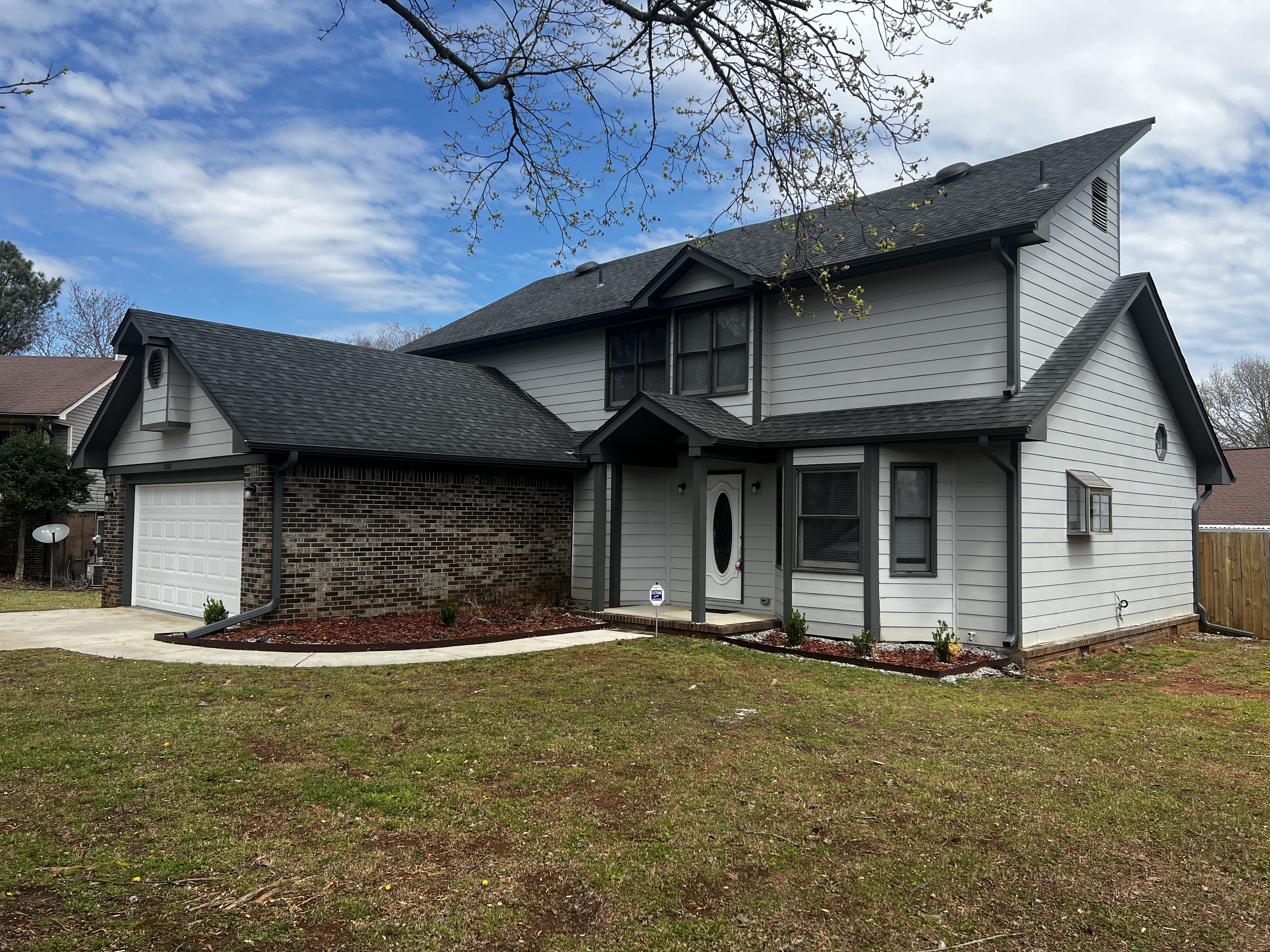Resident retention is the investor’s best avenue to reliable cash flow. Vacancies cost money – costs for lost rental income, preparing for the next resident, and marketing the property, to name a few! As a real estate investor, one of your top priorities – regardless of your strategy – is to keep good residents for the long haul.
But how do we do that? What do retention rates mean? How are they calculated? Keep reading to find out more!
How Retention Rates Work
We can talk about metrics all day, but they’re useless if we don’t understand how to calculate and interpret the data! Generally speaking, your rental property retention rate is calculated by dividing the number of residents (or renter households) that moved out during a twelve-month period by the total number of residents/households you had over that same period. Then, multiply that result by 100.


















